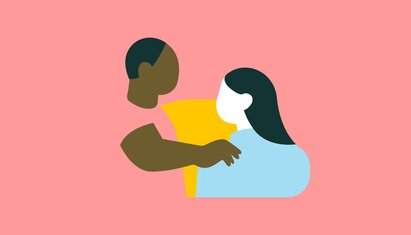How to use measurement-based care to strengthen therapeutic alliances

Published September 14, 2021

Join Dr. Jasmin Searcy-Pate, Lindsay Camp, LMFT, and Jamieko Lane, MFT as they share their experiences with providing teen counseling services.
In this webinar, they share how they got started in teen and young adult counseling, and offer important insights on how to counsel teens. They discuss specific interventions, share stories from their practices, and offer advice on which training and courses can be most helpful.
If you’ve ever considered teen counseling in your own private practice, this webinar has the resources and reassurance you need to feel prepared to offer the best possible care to this population.
Proudly made in Santa Monica, CA © 2025 SimplePractice, LLC
Proudly made in Santa Monica, CA © 2025
SimplePractice, LLC